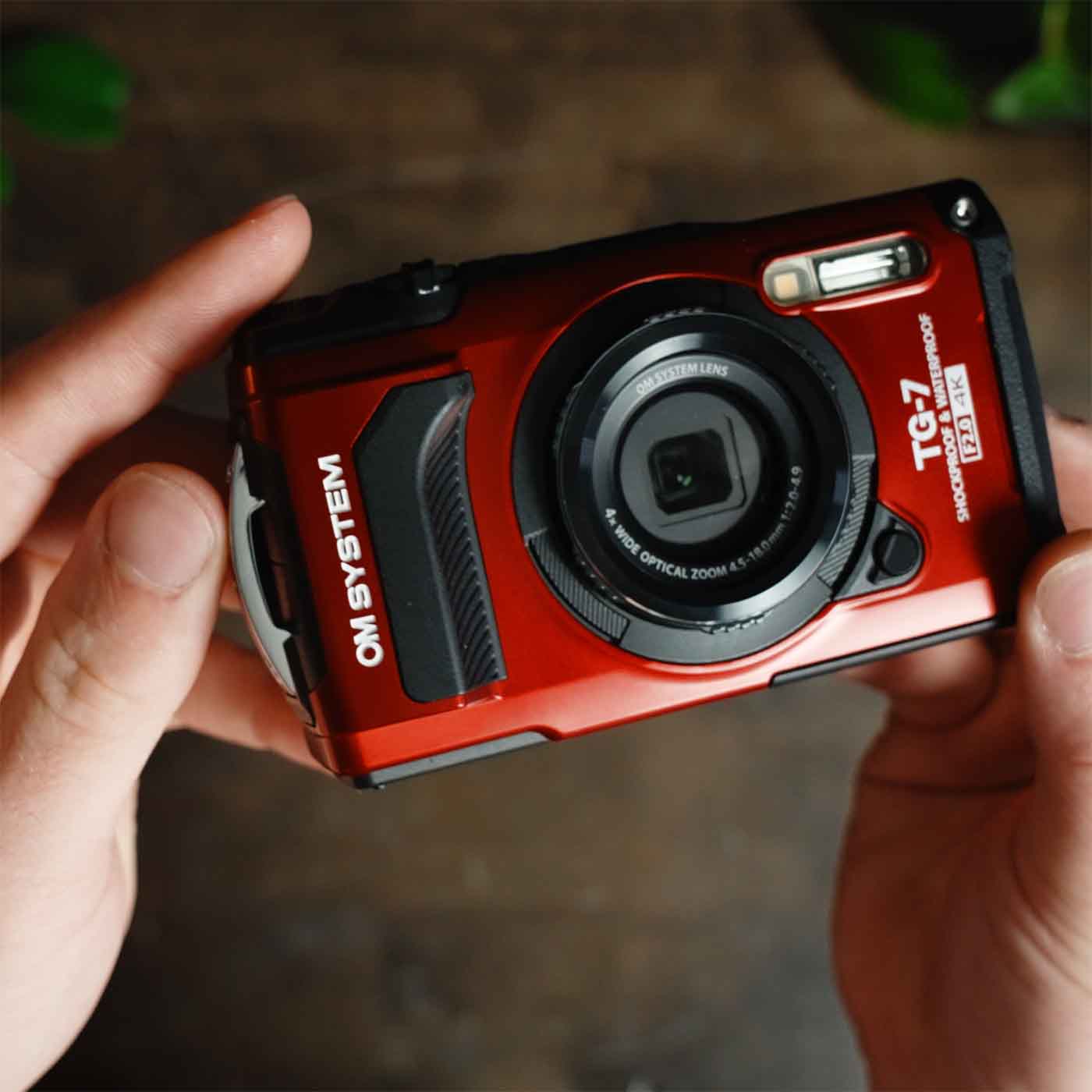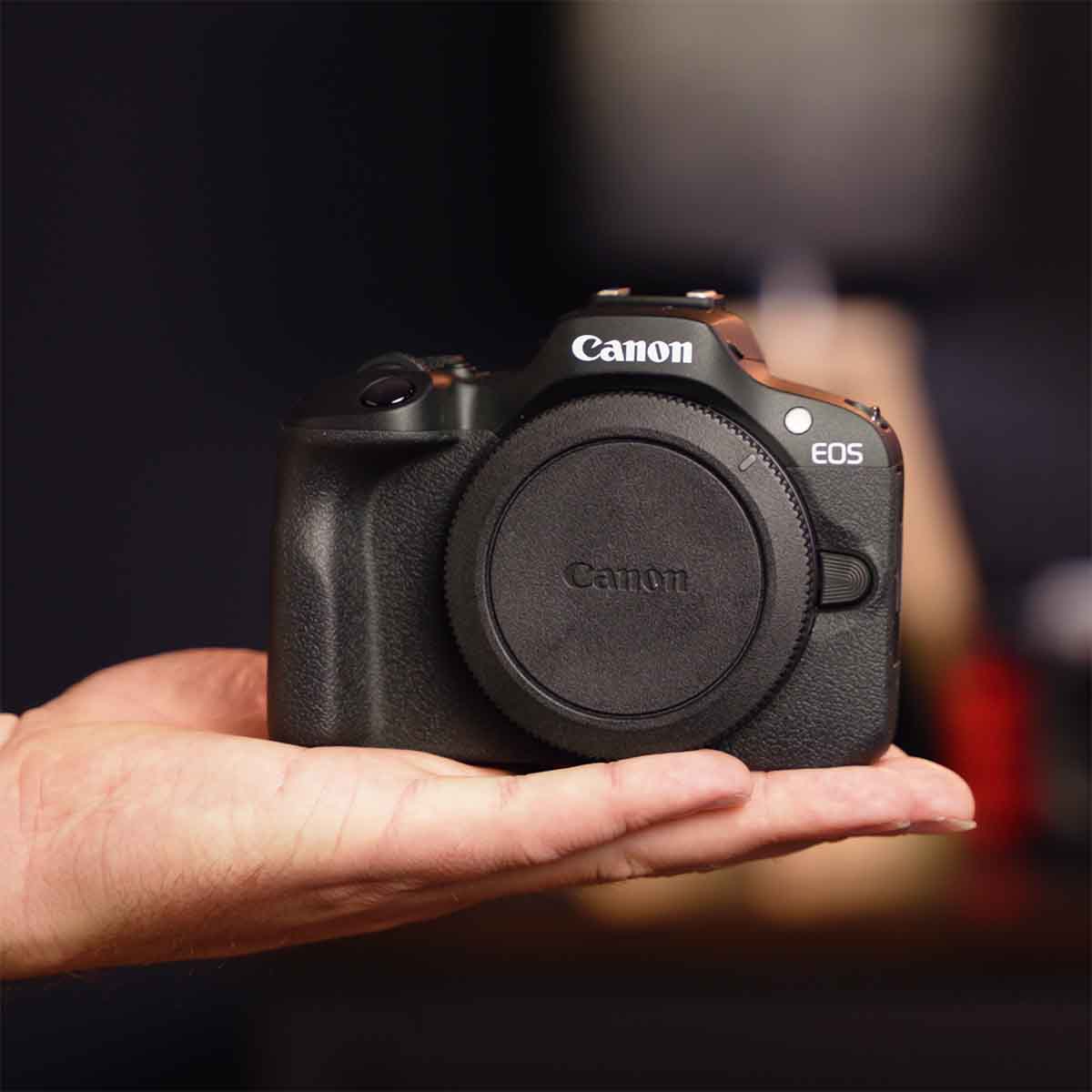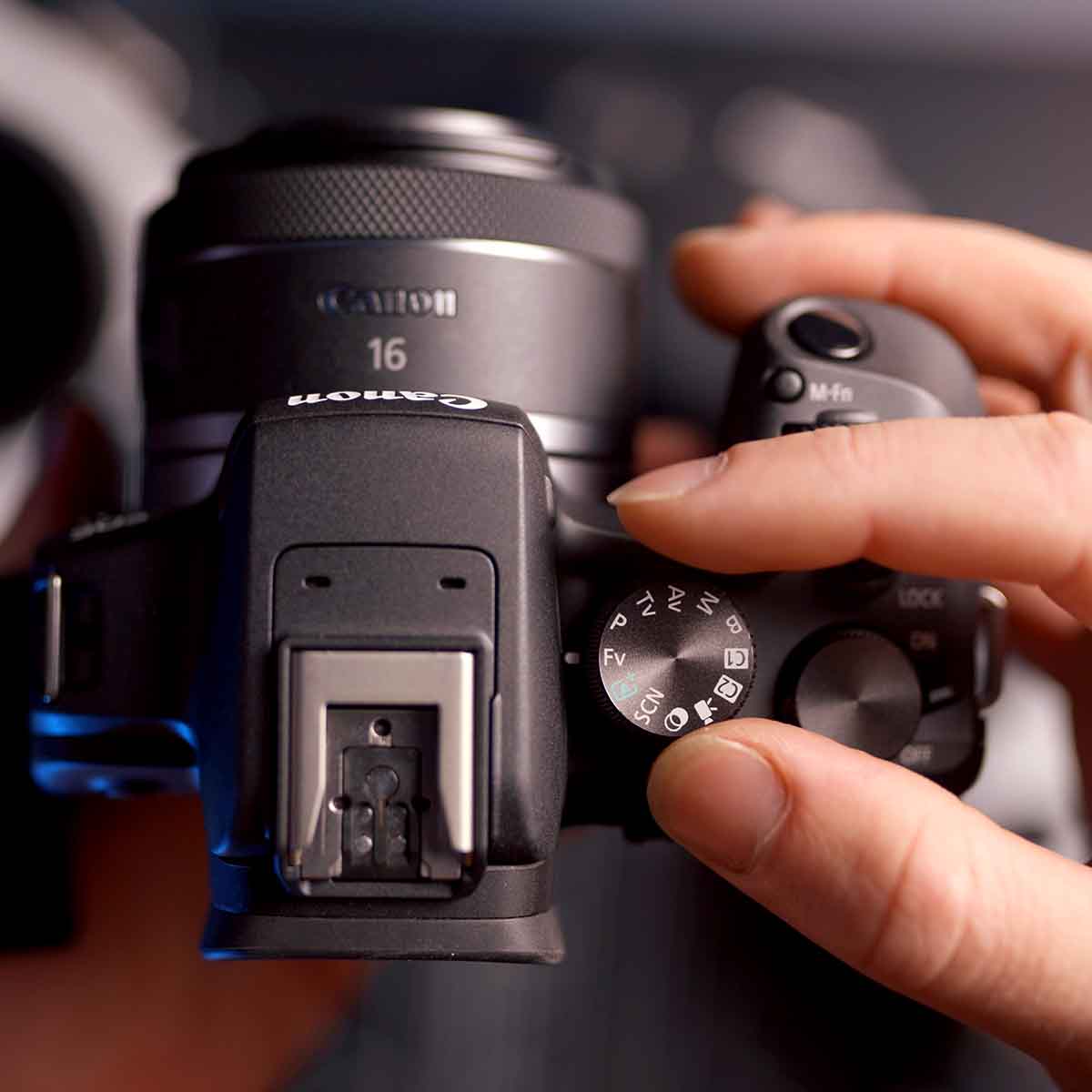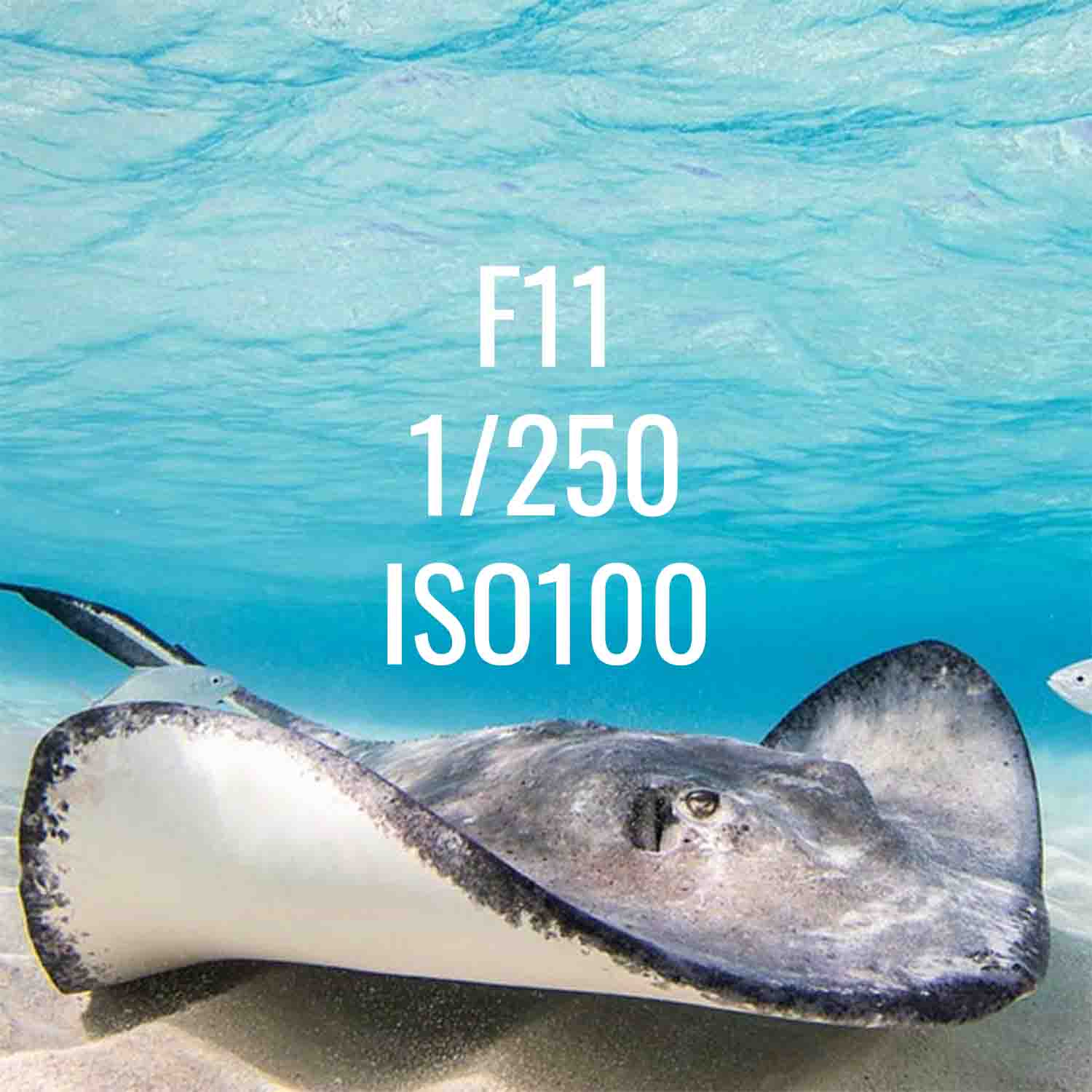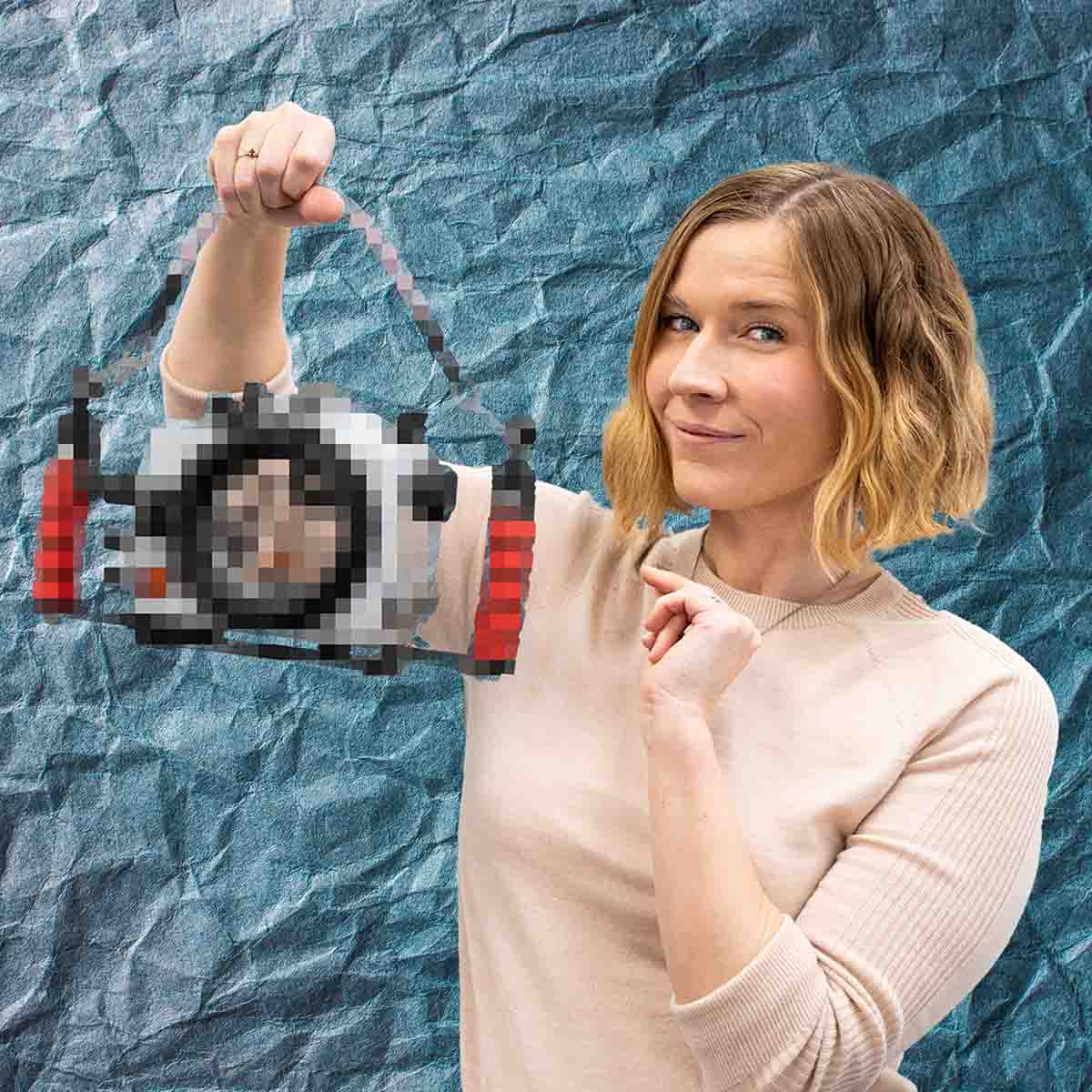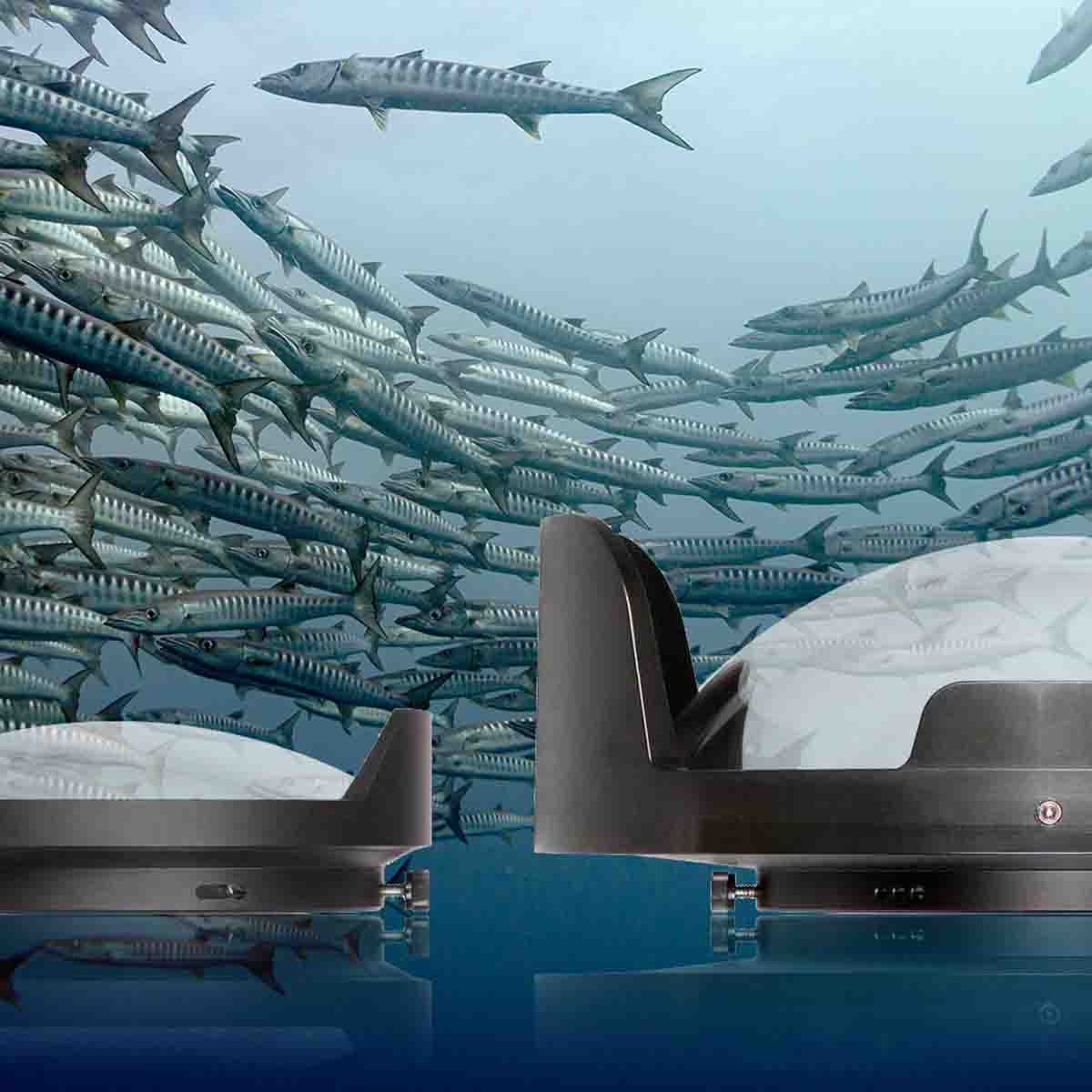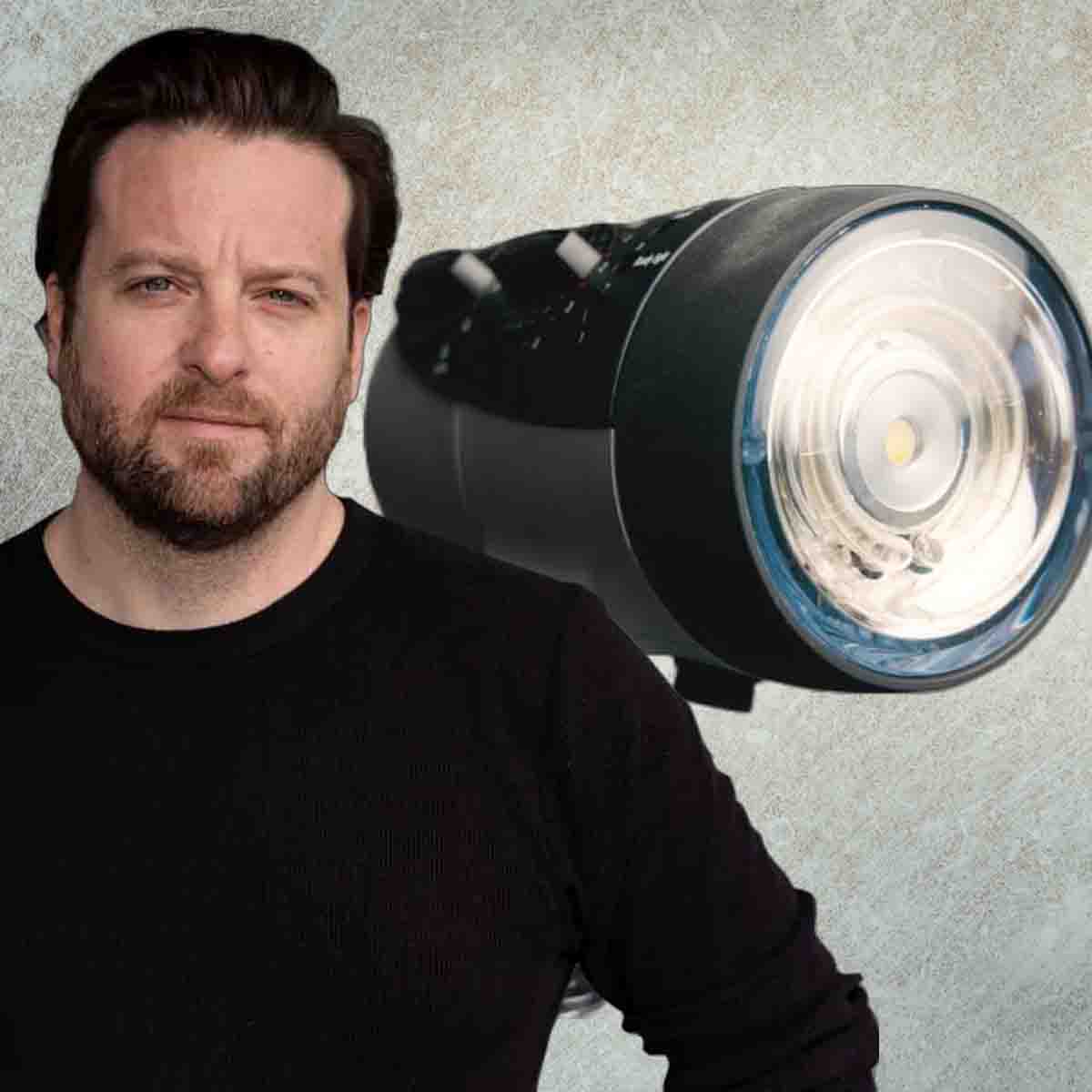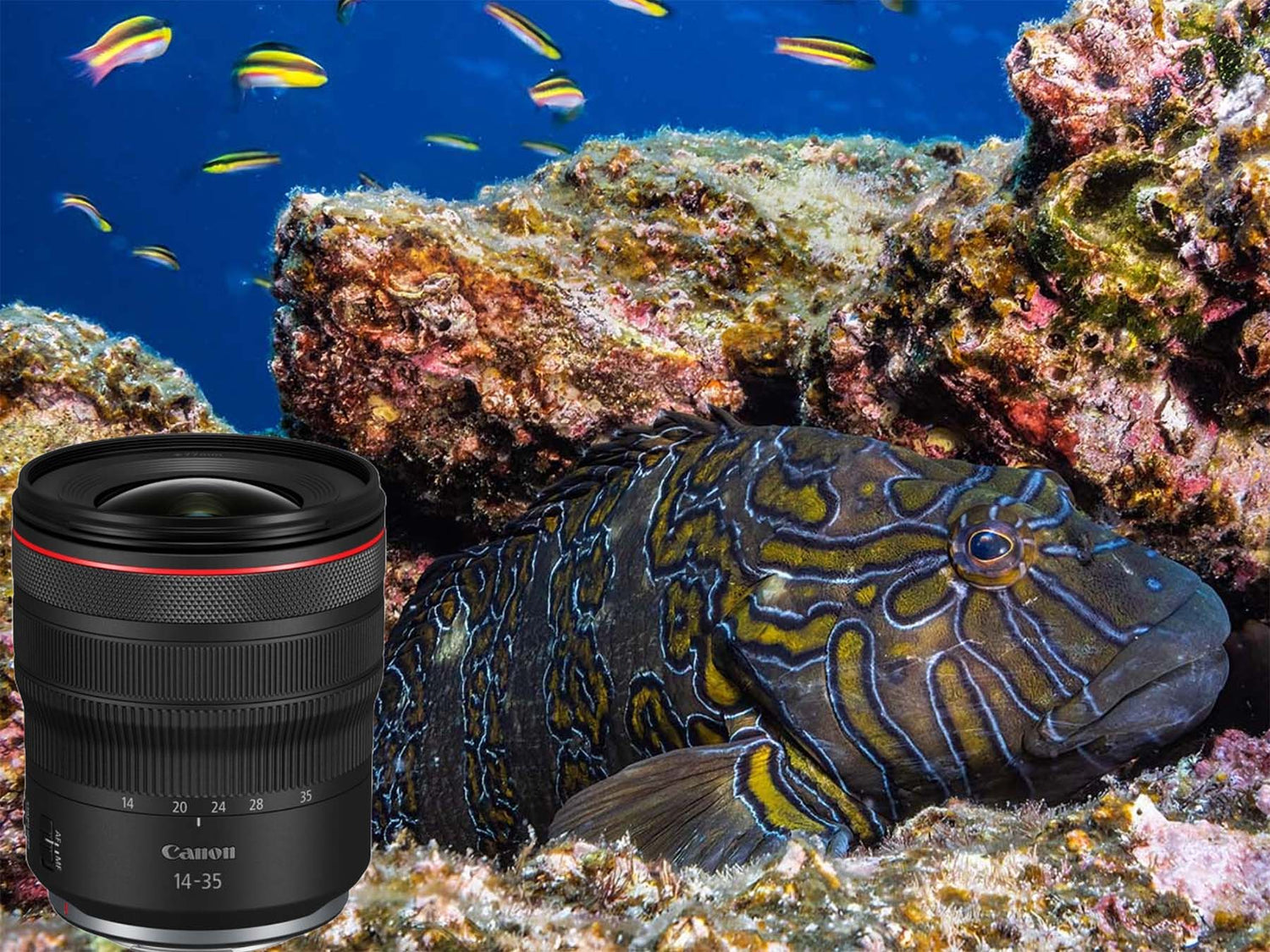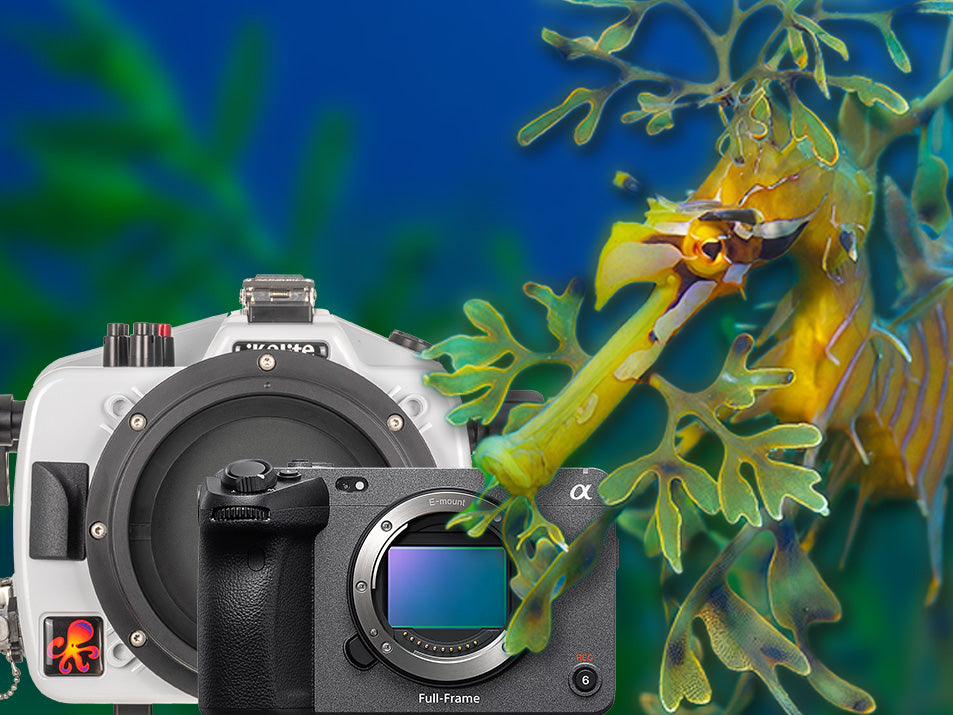By Jean Rydberg
Images © Nirupam Nigam
If you're looking for a high-quality wide angle lens at an affordable price, the Canon RF 14-35mm f/4L IS USM Lens is a great choice. In fact, we may like it even more than the RF 15-35mm f/2.8L IS USM for underwater photography. Here's why.

35mm • 1/160 • f/4 • ISO 640 • Canon EOS R5
Size & Weight
The RF 14-35mm has a compact form factor, dust and weather-resistant magnesium alloy body. The lens' focus and zoom mechanisms are internal so the lens does not expand or contract when moving through the zoom range. The lens is an inch shorter and 2/3 lb lighter than the RF 15-35mm F/2.8L. In addition to reducing travel bulk, it allows you to use a a shorter dome port which saves money and makes the system even easier to handle.

35mm • 1/125 • f/18 • ISO320 • Canon EOS R5
Lens Port Options
The RF 14-35mm needs to be used behind a dome port to take advantage of its full angle of coverage underwater. There are full size and compact 8" dome options for our housings with the DL port system. On DLM systems like the Canon R7, R8, or R10, the lens can be used behind an extended dome port with zoom.
If you choose to shoot a full-size 8" dome, you may want to add a Trim Weight System to perfectly balance the buoyancy of the large dome front-to-back. This will make it easier to handle underwater and reduce arm fatigue.
Regardless of the system you're shooting, you'll want to add an Anti-Reflection Ring # 0923.14 to reduce unwanted reflections caused by the lettering and ring details around the front of this lens.

35mm • 1/60 • f/14 • ISO 400 • Canon EOS R5
Focus
We love that the 14-35mm has a really short minimum focus distance of only 7.9 inches (0.20m) which allows you to get really close to your subject for the best color and clarity. This makes it a great lens for close focus wide angle (CFWA).
The lens pairs perfectly with Canon's advanced subject tracking and eye detection autofocus systems. We haven't experienced any trouble finding or locking focus when used on any of Canon's current mirrorless camera bodies, whether shooting stills or video.

35mm • 1/125 • f/18 • ISO 320 • Canon EOS R5
Image Quality
The lens has a maximum aperture of F4 and a minimum aperture of F22. Generally underwater we're not concerned too much with the maximum end of the aperture range. Shooting through water provides plenty of natural bokeh effect.
The Optical Image Stabilizer provides up to 5.5 stops of shake correction which pairs with can pair with certain cameras' in-body stabilization (IBIS) for up to 7 stops of correction.

35mm • 1/80 • f/14 • ISO 400 • Canon EOS R5
Edge Sharpness
Rectilinear lenses are notorious for problems with edge sharpness underwater, so don't be surprised if you open this lens up wide and see softness or pulling at the corners. For good corner sharpness behind a dome port - particularly compact dome ports - you'll want to shoot this lens at smaller apertures... minimum f/8 and ideally in the f/14 to f/22 range. Using a set of powerful strobes like the professional-grade DS232 will give you enough light to shoot in this range for better depth of field and a sharp image overall.
Edge sharpness problems largely go away when shooting on a crop sensor camera, or when zoomed beyond 20mm on a full frame camera.

Note the softness and pulling at corners in this image, edge sharpness suffers especially at large apertures. 14mm • 1/200 • f/6.3 • ISO 125 • Canon EOS R5

35mm • 1/125 • f/18 • ISO 320 • Canon EOS R5
Ideal Subjects
This is a natural choice for big animal photography or working with models underwater. Since it's rectilinear it will maintain natural proportions of your subjects throughout the frame. It is also suitable for shooting wrecks, kelp forests, and structures with straight lines. At the 35mm end it's a great choice for turtles and fish portraits.

35mm • 1/125 • f/18 • ISO 320 • Canon EOS R5
Conclusion
The RF 14-35mm f/4L lens is one of our top all-around choices for Canon full frame mirrorless cameras underwater. It provides an awesome balance between price, performance, and packability. In many ways it works better for us underwater photographers than it's more expensive sister lens the RF 15-35mm f/2.8L. At US$1,399 it's going to make a noticeable dent in your pocketbook, but high quality glass like this is well worth the investment.
Photo Gallery

21mm • 1/125 • f/18 • ISO320 • Canon EOS R5

35mm • 1/160 • f/14 • ISO 400 • Canon EOS R5

35mm • 1/80 • f/14 • ISO 400 • Canon EOS R5

35mm • 1/125 • f/18 • ISO 320 • Canon EOS R5

14mm • 1/125 • f/18 • ISO 320 • Canon EOS R5

35mm • 1/125 • f/18 • ISO320 • Canon EOS R5
Additional Viewing
The Best Canon RF-Mount Lenses for DLM Underwater Housings
Rectilinear vs Fisheye Lenses for Underwater Wide Angle Photography [VIDEO]
Close Focus Wide Angle Underwater Camera Settings
Why You Need Strobes Underwater
Canon RF 15-30mm f/4.5-6.3 IS STM Lens Reviews & Results
Underwater Edge Sharpness Comparison Canon EF 8-15mm Fisheye vs Canon 10-20mm
GET the Canon 8-15mm Fisheye Before It's GONE! // Underwater Review & Results
 Jean Rydberg is the President & CEO of Ikelite. She has lived her whole life in landlocked Indianapolis, Indiana, but is no stranger to the water as a daughter of Ikelite’s founder Ike Brigham. She has traveled around the world shooting and testing gear and enjoys new challenges in both photography and diving. Jean loves to learn about the creative ways photographers achieve their visions. More than anything she wants to show aspiring underwater photographers that excellence is attainable with any system. When she's not working she's spending time with her husband and two daughters.
Jean Rydberg is the President & CEO of Ikelite. She has lived her whole life in landlocked Indianapolis, Indiana, but is no stranger to the water as a daughter of Ikelite’s founder Ike Brigham. She has traveled around the world shooting and testing gear and enjoys new challenges in both photography and diving. Jean loves to learn about the creative ways photographers achieve their visions. More than anything she wants to show aspiring underwater photographers that excellence is attainable with any system. When she's not working she's spending time with her husband and two daughters.
 Nirupam Nigam is a dedicated underwater photographer and fisheries scientist. He is the Editor-in-Chief of the Underwater Photography Guide and the Marketing Director at Bluewater Photo. While growing up in Los Angeles he fell in love with the ocean and pursued underwater photography in the local Channel Islands. He received degrees in Aquatic and Fisheries Science and General Biology, at the University of Washington. Check out more of his photography on his website.
Nirupam Nigam is a dedicated underwater photographer and fisheries scientist. He is the Editor-in-Chief of the Underwater Photography Guide and the Marketing Director at Bluewater Photo. While growing up in Los Angeles he fell in love with the ocean and pursued underwater photography in the local Channel Islands. He received degrees in Aquatic and Fisheries Science and General Biology, at the University of Washington. Check out more of his photography on his website.


